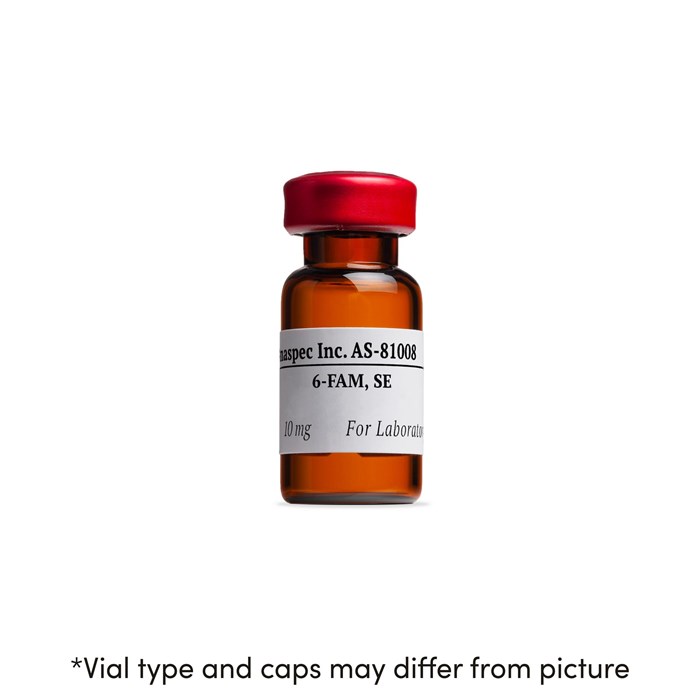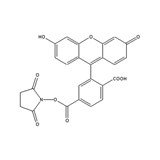6-FAM, SE [6-Carboxyfluorescein, SE]
- Cat.Number : AS-81008
- Manufacturer Ref. :
-
Availability :
In stock
- Shipping conditions : Ice fees will apply
Alternative choices
Although FITC reagents have been more often used to prepare fluorescent bioconjugates, the low stability of FITC bioconjugates makes some researchers use amine-reactive succinimidyl esters of carboxyfluorescein (commonly called FAM) in bioconjugations. FAM reagents generate carboxamides that are more resistant to hydrolysis. We have shown that FAM reagents require less stringent reaction conditions, give better conjugation yields, and the resulted conjugates have superior stability. We noted that FITC labeled peptides tend to deteriorate more quickly than the corresponding FAM conjugates.
6-FAM is a single isomer of carboxyfluorescein. It is mainly used in sequencing of nucleic acids and labeling nucleotides.
Specifications
| Chemistry | |
| CAS registry number |
|
|---|---|
| Molecular Formula |
|
| Molecular Mass/ Weight |
|
| Properties | |
| Absorbance (nm) |
|
| Emission (nm) |
|
| Color | |
| Quantity & Purity | |
| Purity |
|
| Storage & stability | |
| Form |
|
| Resuspension condition |
|
| Storage Conditions |
|
| Activity | |
| Application | |
| Detection Method | |
| Research Area | |
| Sub-category Research Area | |
| Usage |
|
Downloads
You may also be interested in the following product(s)
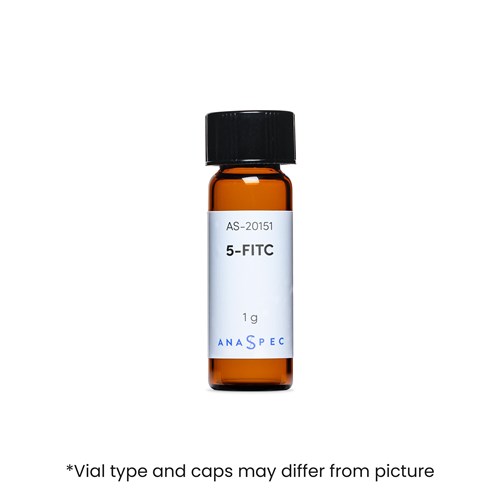
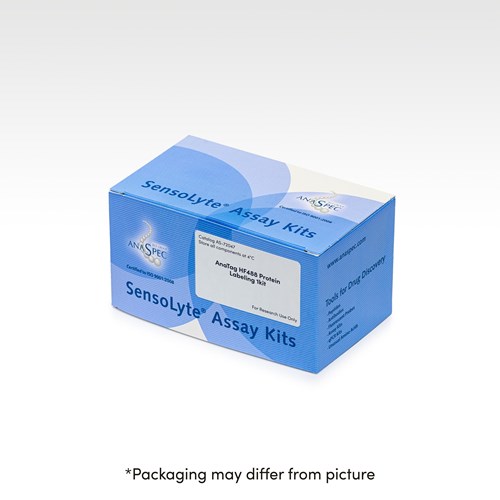
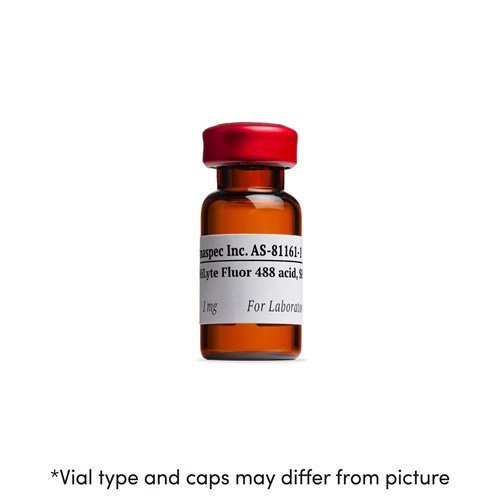
References
Dye structure affects Taq DNA polymerase terminator selectivity
Nucleic Acids Res . 1999 Apr 01 ; 27(8) 1912 | DOI : https://doi.org/10.1093/nar/27.8.1912
- JW. Brandis
- et al
TaqMan-based detection of Trichomonas vaginalis DNA from female genital specimens
J Clin Microbiol . 2001 Nov 01 ; 39(11) 3819 | DOI : 10.1128/JCM.39.11.3819-3822.2001
- JA. Jordan
- et al
